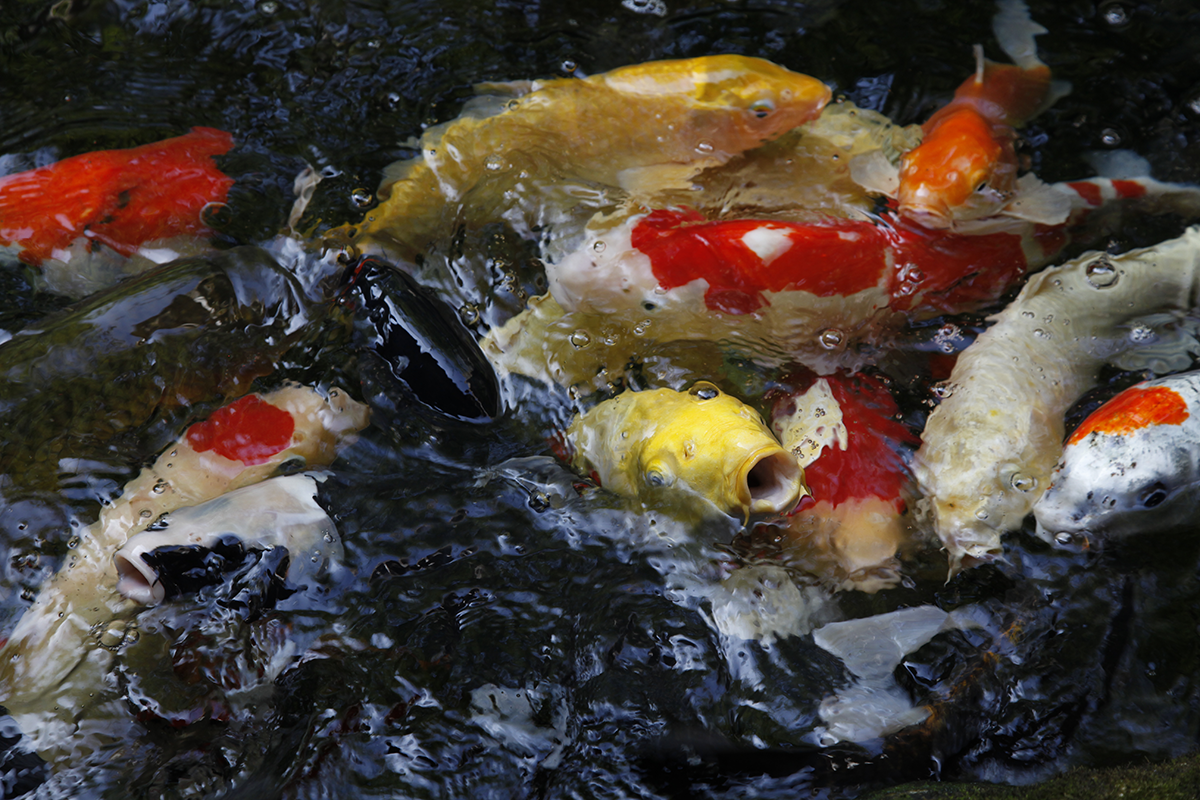Many people think I only visit the plantations at harvest time. This couldn’t be further from the truth. I like to meet a planter or farmer when he has time for me, and nothing to sell. When he’s not constantly preoccupied by the quality of the tea he’s making at that moment. In Japan, if I visit the tea fields during the first half of May, when the country’s finest teas are being produced, the farmer will have very little time to spare. He’ll look after me, of course, but he’ll be stressed, because from sunrise to sunset he’ll be dashing between fields and factory, and trying his best to be in both places at once. On the other hand, now, at the beginning of January, here in Japan, farmers have time to spare. We can sit down together and taste plenty of teas, we can walk along the rows of tea plants, and inspect every tool and machine. I can understand the farmer’s challenges and ask plenty of questions. Then we can go and have lunch together in a traditional hostelry and sing the praises of the local specialities, enjoy the way the room looks out over a small pond, admire the beautiful carp, talk about everything and nothing. That’s how you learn. I’ve learnt an enormous amount about tea and how it’s grown in this way, by taking my time. Much more than I would by coming in the harvest season and hurriedly tasting and buying what I need. In life, and particularly in Japan, nothing beats taking your time, not worrying about wasting it. There is nothing to lose by doing things slowly. This is how I do things in every tea-producing country. Sometimes I visit in the harvest season, but I know that I also need to be there to listen, to understand. Above all, it’s important not to imagine that nothing happens outside the harvests. And it’s important to value slowness, especially in Asia. Here, it’s best to avoid rushing, efficiency, yields. Instead, we can enjoy the experience of a detour.
Enjoying a detour
13 January 2017





